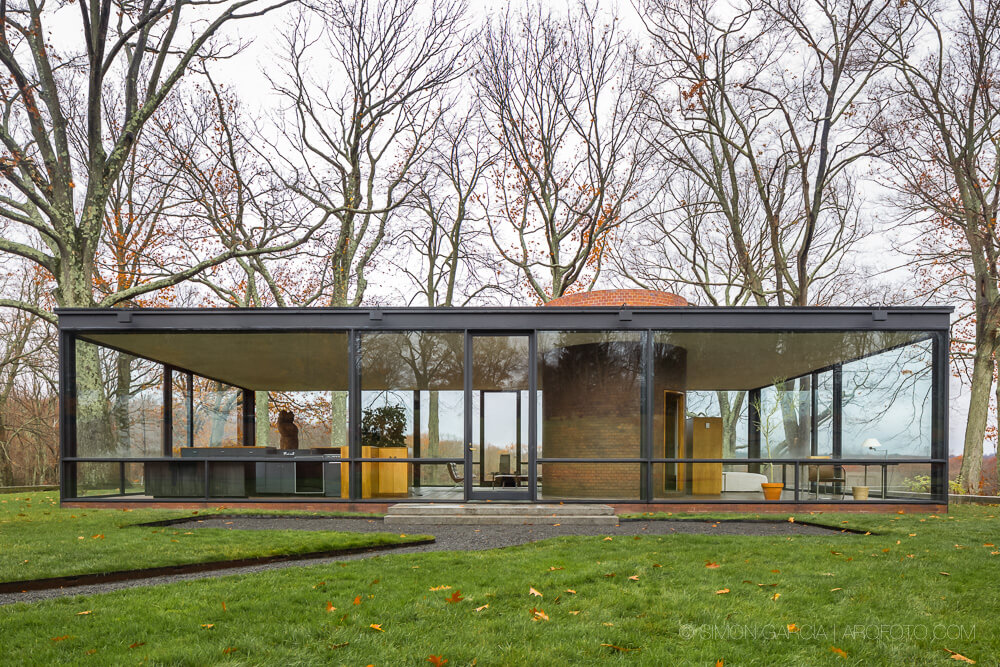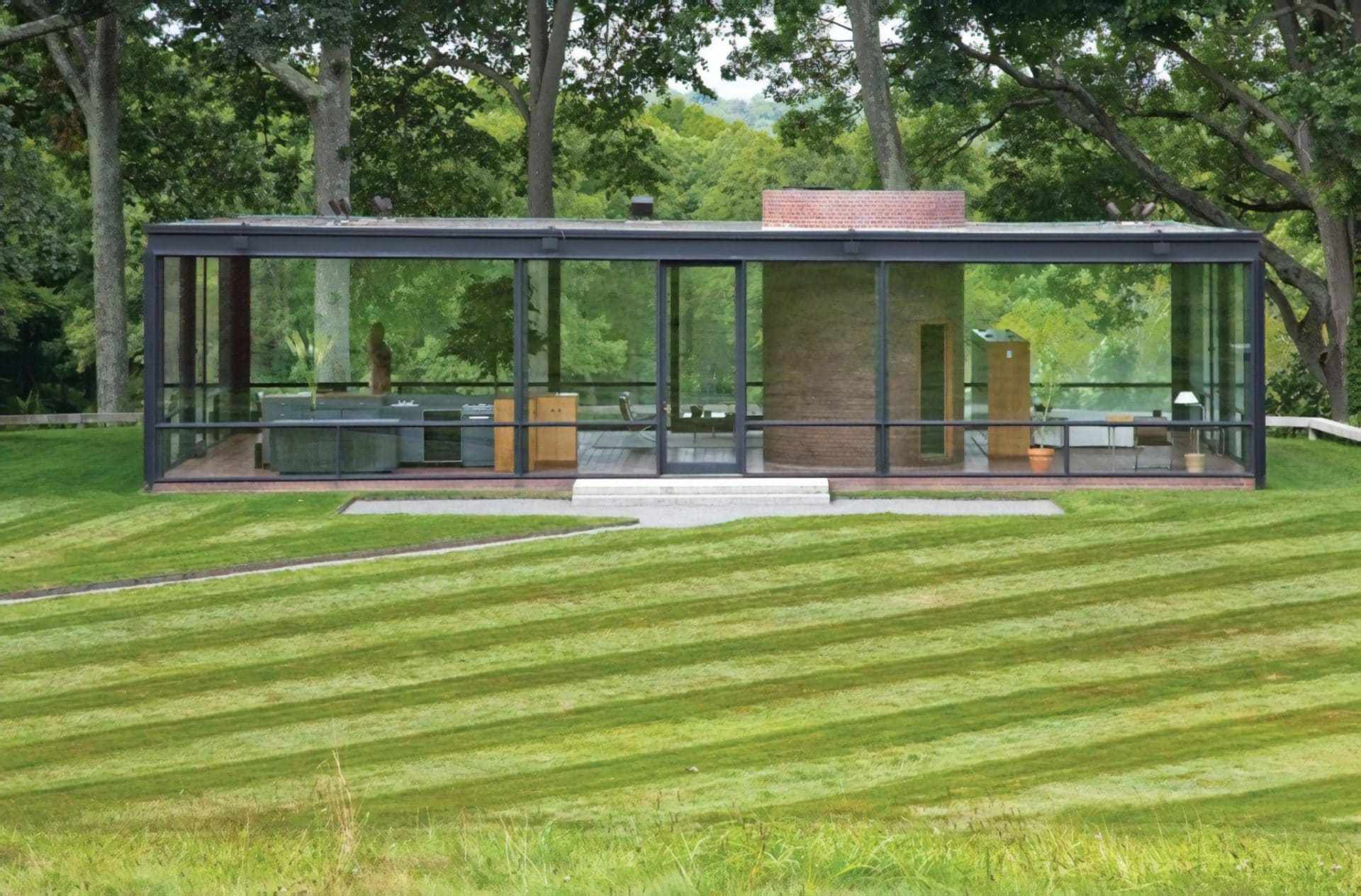Table Of Content

Overall, these materials help create a light, minimal, and natural-looking space that blends in well with its natural surroundings. The Visitor Center functions as a ticket office, so check in when you arrive. There's also a bathroom there, and lockers in case you want to stash any excess baggage.
Brick House Restoration
The Farnsworth House took six years to design and build, between 1945 and 1951. During this period, Philip Johnson built his famous Glass House in New Canaan, Connecticut. However, Johnson's home is a symmetrical, ground-hugging structure with a very different atmosphere. Designed by the renowned architect Shigeru Ban, recipient of the Pritzker Prize, the installation process involved guiding 39 architecture students in fabricating and assembling the Paper Log House.
Visit Philip Johnson's Iconic Glass House Estate in New Canaan - MTA Away
Visit Philip Johnson's Iconic Glass House Estate in New Canaan.
Posted: Thu, 18 Aug 2022 07:00:00 GMT [source]
More In Visual Art
Because the house was designed as a prototype, it needed to be private as well as versatile. Johnson achieved this privacy by designing an L-shaped plan sheltering a terrace with a separate garage enclosing the third side of the terrace. One wing of the house contained a den, living room, dining room, and kitchen, while the other wing contained a master bedroom and bath, and two children’s bedrooms. The Wiley Development Corporation offered to build the prototype anywhere in Fairfield County for $45,000, but the Wiley Speculative House was never reproduced. Luis Barragán was keenly interested in animals, particularly horses, and various icons are drawn from popular culture.
Personal life
Tucked out of sight in then rural Fairfield County, Johnson and his partner, curator David Whitney, purchased a five-acre parcel of land in 1945. By 1949, Johnson had built the Glass House on a promontory with views of the surrounding forest. Measuring 56 feet long, 32 feet wide, and 10.5 feet high, the open floor plan has no enclosed spaces except for a large brick cylinder to the right of the entrance, which extends slightly through the flat roof. This cylinder houses the bathroom on one side and a fireplace on the other. The Glass House harmonizes with the surrounding landscape, which the architect described as his “wallpaper.” Johnson’s desk in front of the bed overlooks the east side of the property.
The Glass House is located in New Canaan, Connecticut; the Glass House Visitors Center, where all tours begin, is at 199 Elm Street, right across the street from the MTA's New Canaan Metro-North train station. One- and two-hour timed ticketed tours are conducted every Monday, Friday and Saturday, and three-hour self-guided tours are held on Sundays. Our most comprehensive tour, the In-depth Tour includes the Glass House, Painting Gallery, Sculpture Gallery, Da Monsta, Studio as well as the lower landscape with the Pavilion in the Pond and the Monument to Lincoln Kirstein. This tour includes 1 1/2 miles walking outside over uneven terrain and moderately steep paths.

For a person of his generation, Johnson lived relatively openly as a gay man. While Johnson was linked with a number of partners it was not until he met David Grainger Whitney that he found a life partner. They met in 1960 and Whitney would go on to play a critical role in shaping the landscape and collections at the Glass House. A graduate of the Rhode Island School of Design, Whitney would work as a studio assistant to Jasper Johns, open a gallery in New York and serve as an art advisor, developing many deep friendships with significant figures in the American post-war art world. In 1930, Johnson became the first director of the architecture department of the Museum of Modern Art in New York.
The Sculpture Gallery at Philip Johnson's Glass House - officemagazine.net
The Sculpture Gallery at Philip Johnson's Glass House.
Posted: Fri, 03 Nov 2023 15:29:16 GMT [source]
Post a comment to this article
There he arranged for visits by Walter Gropius and Le Corbusier and negotiated the first American commission for Mies van der Rohe, after he fled Nazi Germany. In 1932, he organized with Henry-Russell Hitchcock the first exhibition dedicated to modern architecture at the Museum of Modern Art, which gave name to the subsequent movement known as International Style. The letter also names the Harvard Graduate School of Design and any public-facing nonprofit that uses Johnson's name to cease doing so. Stylistically, the Glass House was inspired by the works of Mies van der Rohe. This is seen in the use of an open plan in which several planes and blocks separate one area from another. The open plan, as well as the absence of any unnecessary decorations, were important features of modernist architecture.

Mies’ was, of course, primary and mine was an adoption from the master, although it’s quite a different approach. The Glass House stylistically is a mixture of Mies van der Rohe, Malevich, the Parthenon, the English garden, the whole Romantic Movement, the asymmetry of the 19th century. In other words, all these things are mixed up in it but basically it is the last of the modern, in the sense of the historic way we treat modern architecture today, the simple cube. The Hodgson House is sited on a slight knoll on a property that has both wooded sections and grassy fields. It is a one-story, flat roofed, brick and glass-walled building constructed in two phases per the designs of Philip Johnson.
In 1986, Johnson donated the Glass House to the National Trust but continued to live there until his death in 2005. The Glass House is open to the public, with tours booked many months in advance. For example, the façade is balanced with five window squares on each side.
During those undergraduate years, he took off substantial time to travel throughout Europe ( ). Those early trips, especially to Berlin and the new school of architecture and design in Dessau, the Bauhaus, were especially influential on him and led to his early work at The Museum of Modern Art. In particular, Johnson would develop a relationship with Mies that would lead to not only Mies designing an interior for Johnson’s 1930 home in New York but also a collaboration between both men on Manhattan’s Seagram Building in the 1950s.
The interior design is clever, with rotating walls in the three circular rooms that can be manually turned to reveal a whole different set of paintings. This was also Johnson's space for entertaining, and long tables would be carried in for what we imagine were extravagant, raucous dinner parties. On some nights the field opposite the gallery entrance was used for performances, or "happenings," by such luminaries as the Martha Graham Dance Company. Over the decades, Johnson added acreage to the property and continued to design and construct small-scale, almost jewel-box buildings and structures on the land. In 1986, he bequeathed it all to the National Trust for Historic Preservation.

No comments:
Post a Comment